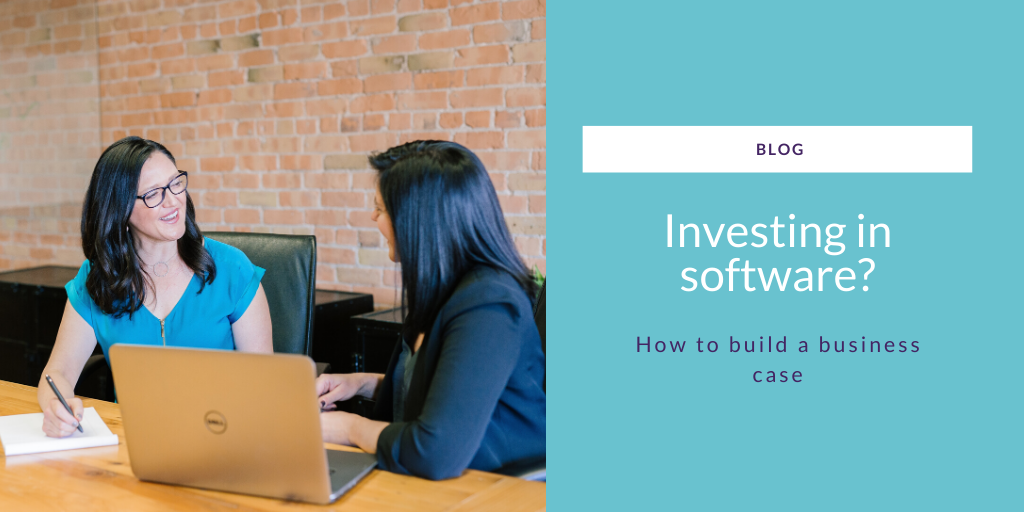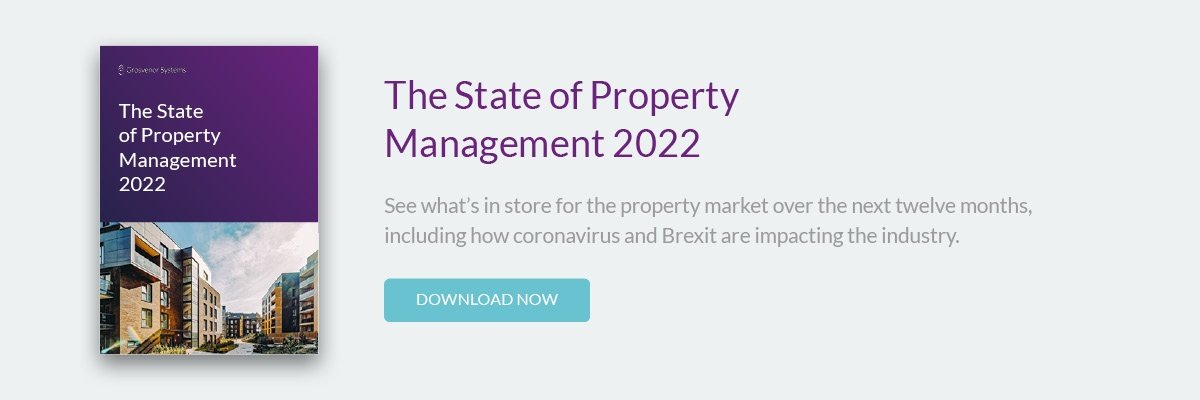Investing in Software: How to Build a Business Case

You’ve recognised there’s a business need for a new system, you’ve conducted your research, you’ve found suitable options and now all you need is the go-ahead from above. But with resource, time and money involved in installing a new system, how can you convince the key decision makers in your business that new property management software is worth the investment?
Identify all of your key stakeholders early on
A stakeholder is anyone who has an interest in a project. Having a clear idea of exactly who needs to be involved in the project, and in what capacity, ensures you’ll lay the foundations for excellent communication later on. Missing a key colleague out could start the project off on the wrong foot so be sure to identify and speak to everyone you need to.
Depending on your business/organisation structure they could be any of the following:
- System users – Those people in your organisation who will be using the system regularly
- Your IT teams- Any technically minded personnel who will be involved in implementing/supporting the system
- The people/person in control of budget – Senior Management, Managing Director, Directors etc. If they have the final say, they’ll need to be involved.
Treat each stakeholder differently
Following on from the above, each stakeholder will have their own priorities, concerns and needs.
Is the end user fearing change? They may be concerned a property system that automates tasks and processes will mean their job is at risk, or they might be apprehensive about how easy the new system will be to use. This fear could quite quickly turn into negativity, so address it early on to keep up momentum and internal support.
How do your key decision makers like to be treated? Do they appreciate lots of information and to be left to make their own mind up, or do they just want the firm facts and your own recommendation? Try and meet the needs of each by giving them the information they want and in the format they want it.
Thinking about your stakeholders differently will also highlight which ones have the final say or most group influence.
Benefits and weaknesses of property software
It’s easy to focus on the positives that the property management software will bring to the company, but often what’s forgotten is what happen if you don’t invest?
Will you need to take on more staff? Can you carry on growing your business at the current rate or do you not have the spare resource/capacity? What are your competitors' capabilities?
Communicating what it would mean if you didn’t have a new system is just as important for working out a return on investment.
Identify and manage project risks
Having a sensible, honest and organised approach to your property management software project will ensure you’re ready to overcome the roadblocks when you meet them.
As with any project, there may be risks and complications that arise, so planning for these and documenting how you’ll manage them will not only help you to overcome them, but it will also show those higher up that your business has the capacity and resource to make it work.
Communication is key
It’s easy to kick a project off with the best intentions and then get inundated with the nitty-gritty tasks of running it, but it’s incredibly important to keep communicating with your stakeholders.
If you’ve asked their advice, follow it up and keep them informed about progress and what’s happening. If it’s been put on hold, communicate why.
Communicate the long-term picture
It’s always helpful to have a vision in business, and that's no different for property management. Where does your business want to be in 3 to 5 years’ time and will a new property system help you get there?
Change can be daunting for any business so its easy for teams to opt for the safest option and not choose anything or they try and reduce the risk of investment by choosing an entry level solution to start with, that covers the basics. Too often than not, these decisions mean more work further down the line, as the need for a more comprehensive system that works in the long term becomes apparent.
Take some time to think about how the system will work in the long term, think about each aspect of the business it can support and communicate it clearly to each relevant stakeholder.
In summary
The right property management system can take your business to the next level but it’s down to you to create the vision and get the support from those who matter. It’s a high involvement investment and one that needs careful consideration and planning. Communication, timing and a thorough understanding of the needs of your whole business will ensure you give your new property management system a solid foundation for success.


